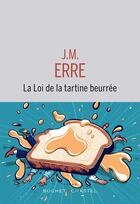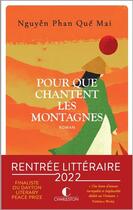-
Date de parution : 20/06/2011
-
Editeur :
Wiley
-
EAN : 9781119957577
-
Série :
(-)
-
Support :
Livre numérique
Résumé:
Mercury cadmium telluride (MCT) is the third most well-regarded semiconductor after silicon and gallium arsenide and is the material of choice for use in infrared sensing and imaging. The reason for this is that MCT can be tuned to the desired IR wavelength by varying the cadmium... Voir plus
Mercury cadmium telluride (MCT) is the third most well-regarded semiconductor after silicon and gallium arsenide and is the material of choice for use in infrared sensing and imaging. The reason for this is that MCT can be tuned to the desired IR wavelength by varying the cadmium concentration.Mercury Cadmium Telluride: Growth, Properties and Applications provides both an introduction for newcomers, and a comprehensive review of this fascinating material. Part One discusses the history and current status of both bulk and epitaxial growth techniques, Part Two is concerned with the wide range of properties of MCT, and Part Three covers the various device types that have been developed using MCT. Each chapter opens with some historical background and theory before presenting current research. Coverage includes:Bulk growth and properties of MCT and CdZnTe for MCT epitaxial growthLiquid phase epitaxy (LPE) growthMetal-organic vapour phase epitaxy (MOVPE)Molecular beam epitaxy (MBE)Alternative substratesMechanical, thermal and optical properties of MCTDefects, diffusion, doping and annealingDry device processingPhotoconductive and photovoltaic detectorsAvalanche photodiode detectorsRoom-temperature IR detectors
Donner votre avis














